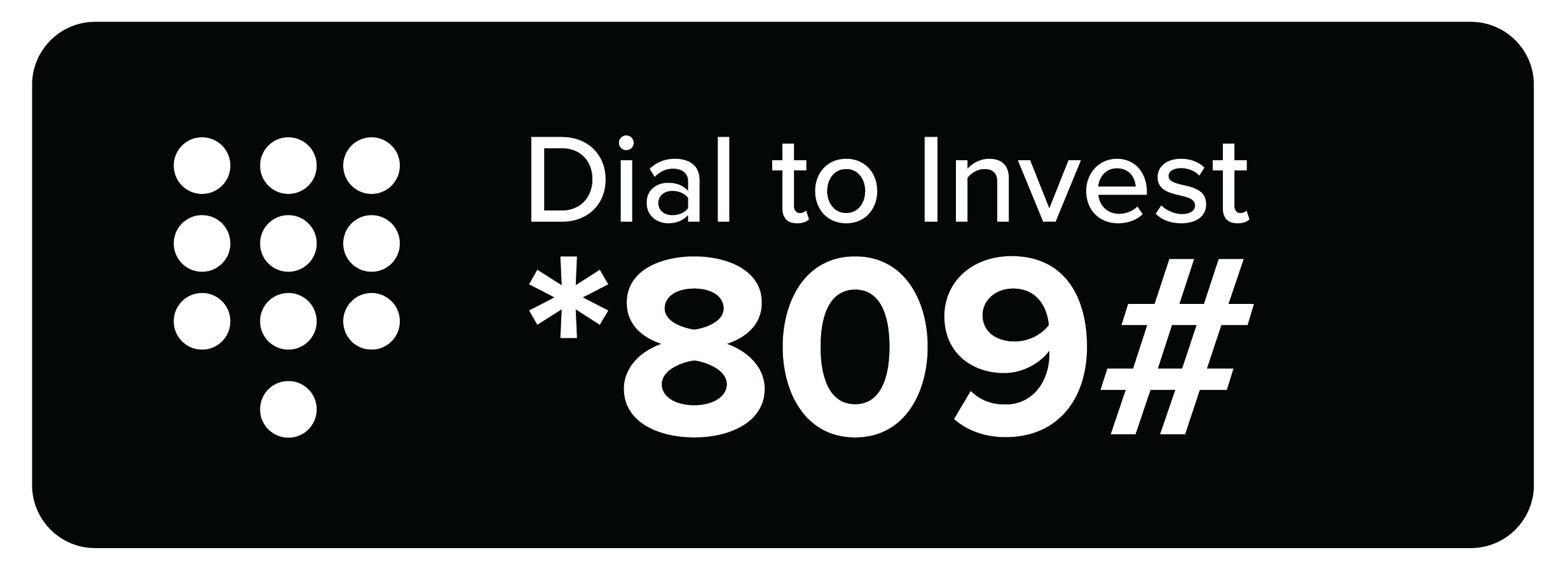In our Cytonn Report this week, we analysed the performance of Kenya’s Equities, Fixed Income and the
Real Estate markets for the week ended, with a special focus on Review of Kenya’s public debt 2025
report. Below are the highlights;
a) Fixed Income:
This week, T-bills were oversubscribed for the first time in four weeks, with the overall subscription rate
coming in at 115.9%, higher than the subscription rate of 94.9% recorded the previous week. Investors’
preference for the shorter 91-day paper waned, with the paper receiving bids worth Kshs 2.0 bn against
the offered Kshs 4.0 bn, translating to a subscription rate of 49.1%, lower than the subscription rate of
103.8%, recorded the previous week. The subscription rate for the 182-day paper decreased to 76.2%,
from the 89.7% recorded the previous week, while that of the 364-day paper increased to 182.4% from
the 96.6% recorded the previous week. The government accepted a total of Kshs 24.1 bn worth of bids
out of Kshs 27.8 bn bids received, translating to an acceptance rate of 86.7%. The yields on the
government papers registered a mixed performance with the yields on the 91-day paper and 182-day
paper decreasing by 1.4 bps and 0.9 bps to 8.13% and 8.43%, from the 8.14% and 8.44% recorded the
previous week respectively, while the yields on the 364-day paper increased by 0.6 bps to 9.73% from
9.72% recorded the previous week;
During the week, the Energy and Petroleum Regulatory Authority (EPRA) released their monthly
statement on the maximum retail fuel prices in Kenya, effective from 15 th July 2025 to 14 th August 2025.
Notably, the maximum allowed price for Super Petrol, Diesel and Kerosene increased by Kshs 9.0, Kshs.
8.7 and Kshs 9.7 respectively. Consequently, Super Petrol, Diesel and Kerosene will now retail at Kshs
186.3, Kshs 171.6 and Kshs 156.6 per litre respectively, from Kshs 177.3, Kshs 162.9 and Kshs 146.9 per
litre respectively, representing increases of 5.1%, 5.3% and 6.6% for Super Petrol, Diesel and Kerosene
respectively;
b) Equities:
During the week, the equities market was on a downward trajectory, with NSE 10 losing the most by
1.4%, while NSE 25, NASI and NSE 20 lost by 0.9%, 0.7% and 0.5% respectively, taking the YTD
performance to gains of 26.0%, 21.5%, 16.8% and 16.4% for NASI, NSE 20, NSE 25 and NSE 10
respectively. The equities market performance was driven by losses recorded by large-cap stocks such as
EABL, Co-operative bank and Absa Bank of 8.3%, 1.8% and 1.8% respectively. The performance was
however supported by gains recorded by large cap stocks such as Stanbic Bank, Standard Chartered Bank
and Safaricom of 1.5%, 1.1% and 1.0% respectively;
Additionally, in the regional equities market, the East African Exchanges 20 (EAE 20) share index gained
by 0.7%, attributable to gains recorded by large cap stocks such as Quality Chemicals Industry Limited,
NMB Bank and Stanbic Uganda holdings of 7.7%, 5.2% and 2.9% respectively. The performance was
however weighed down by losses recorded by large cap stocks such as Tanzania Breweries Limited,
Safaricom and KCB Group of 3.0%, 1.7% and 1.3% respectively;
During the week, Centum Investments Company PLC released their FY’2025 financial results for the
period ending 31 st March 2025, recording a 68.8% decrease in the Profits After Tax (PAT) to Kshs 0.8 bn in
FY’2025, from Kshs 2.6 bn in FY’2024. The decrease was mainly attributable to a 97.0% decrease in profit
from their Two Rivers Special Economic Zone business to Kshs 0.1 bn, from Kshs 2.9 bn in FY’2024;
c) Real Estate:
2
During the week, the National carrier, Kenya Airways, made efforts to enhance its flight capacity through
a two-pronged strategy, that is, restoring grounded Boeing 787 Dreamliners and acquiring new narrow
body aircrafts. This move promises to enhance the airline’s network and improve connectivity across
Africa;
During the week, the Kenyan government unveiled its plans to hand over the operation of the upcoming
Standard Gauge Railway (SGR) line from Naivasha to Malaba to a private investor in a strategic shift
aimed at easing the financial burden of the mega infrastructure project on taxpayers. The project will be
divided into two phases, that is, from Naivasha to Kisumu and then onward to Malaba, where the project
is expected to cost approximately Kshs 646.0 bn;
During the week, the Kenya National Highways Authority invited prequalification bids from Chinese
contractors for the expansion of the Pangani-Muthaiga-Kiambu-Ndumberi Road, following a financing
deal from China’s Export-Import Bank. The project aims to upgrade the B32 corridor, which stretches
from Muthaiga through Kiambu to Ndumberi from a two-lane single carriageway to a four-lane dual
carriageway with service lanes and pedestrian pathways;
On the Unquoted Securities Platform , Acorn D-REIT and I-REIT traded at Kshs 26.7 and Kshs 22.9 per
unit, respectively, as per the last updated data on 04 th July 2025. The performance represented a 33.4%
and 14.5% gain for the D-REIT and I-REIT, respectively, from the Kshs 20.0 inception price. Additionally,
ILAM Fahari I-REIT traded at Kshs 11.0 per share as of 04 th July 2025, representing a 45.0% loss from the
Kshs 20.0 inception price. The volume traded to date came in at 1.2 mn shares for the I-REIT, with a
turnover of Kshs 1.5 mn since inception in November 2015;
d) Focus of the Week:
Kenya is one of the fastest growing economies in Sub-Saharan Africa, having registered a growth rate of
4.9% in the first quarter of 2025. Despite being one of the fastest growing economies in Sub-Saharan
Africa with a projected economic growth rate of 4.8%, above the region’s expected average of 3.7% in
2025, Kenya is grappling with a high debt burden, facing elevated risk of debt distress and significant
challenges in managing its public debt, which has increased rapidly in recent years. As per the latest data
from the Central Bank of Kenya (CBK), the total public debt stood at Kshs 11.5 tn as of May 2025,
compared to Kshs 10.4 tn recorded in May 2024, equivalent to an 11% increase. Notably, external debt
increased marginally by 3.9% during the period to Kshs 5.3 tn in May 2025 from the Kshs 5.1 tn in May
2024, partly attributable to the partial buyback of the USD 900.0 mn Eurobond in February 2025 through
the issuance of a new USD 1.5 bn Eurobond. Similarly, domestic debt increased by 16.6% to Kshs 6.2 tn in
May 2025, from Kshs 5.3 tn in May 2024, attributable to the increased inclination towards domestic
financing amid lower interest rates and constrained access to external financing. Consequently, the debt
to GDP ratio has increased to 67.4% as of December 2024 from % as of December 2023 and 17.4% points
higher than the International Monetary Fund (IMF) threshold of 50.0% for developing countries. The
rising public debt has raised concerns about its sustainability and implications for fiscal and
macroeconomic stability. Kenya’s debt levels remain high with high debt servicing costs as evidenced by
the B-, Caa1 and B- credit ratings by S&P Global, Moody’s and Fitch credit agencies respectively, signaling
high credit risk but with ability to still meet its financial commitments. However, recent policy actions
have begun to positively shift the credit trajectory. Notably, on 29 th January 2025, Moody’s affirmed its
Caa1 credit rating on Kenya and revised the outlook from negative to positive, indicating that there is
potential for Kenya’s credit rating to improve in the future on the back of improved revenue collection
and prudent debt repayments. The February 2025 Eurobond buyback and new issue helped smoothen
Kenya’s external debt maturity profile and increase investor confidence. Consequently, in this week’s
topical, we shall focus on the current status of Kenya’s public debt as of May 2025. We shall also give our
outlook on the country’s debt sustainability;
3
Click the link below to read the Cytonn Weekly report: Review of Kenya's Public Debt 2025 Report, &
Cytonn Weekly #29/2025




